Gabriel Nallathambi
Real-Time ECG Interval Monitoring Using a Fully Disposable Wireless Patch Sensor
Aug 01, 2021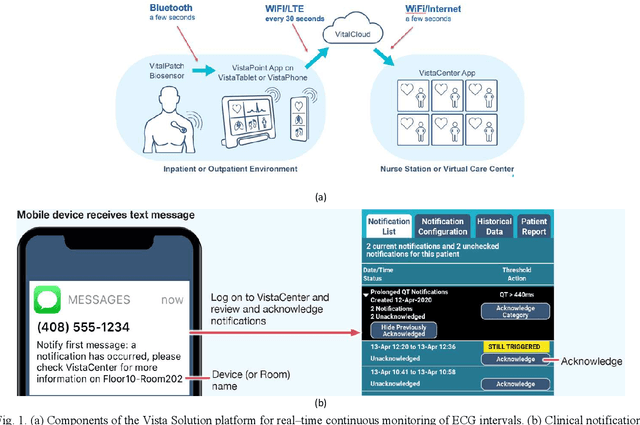
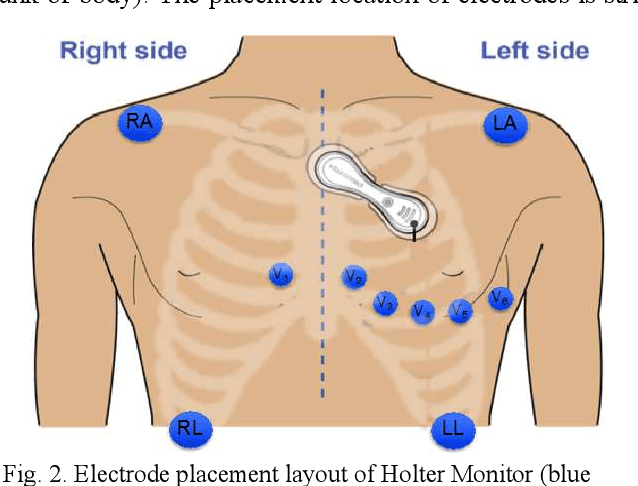
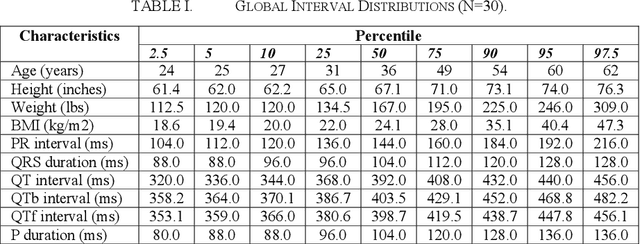
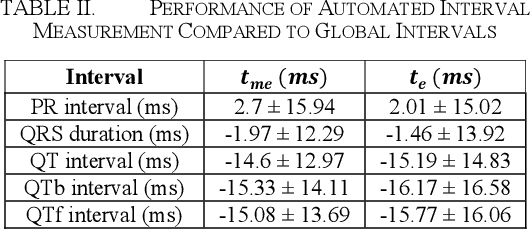
Abstract:ECG interval monitoring provides key insights into the diagnosis of cardiac diseases. The standard 12-lead ECG is generally used, however, because of the current COVID-19 pandemic there is a strong need for a remote monitoring solution which will reduce exposure of health care providers to coronavirus. This article presents a disposable wireless patch biosensor (VitalPatch) and associated platform functionalities for real-time continuous measurement of clinically relevant ECG intervals including PR interval, QRS duration, QT interval, corrected QT interval by Bazett (QTb), and corrected QT interval by Fridericia (QTf). The performance of the VitalPatch is validated by comparing its automated algorithm interval measurements to the manually annotated global intervals of the 12-lead ECG device in 30 subjects. The accuracy of interval monitoring (in terms of mean timing error calculated by subtracting the VitalPatch measurements from the global intervals) is 2.7+/-15.94 ms, -1.97+/-12.29 ms, -14.6+/-12.97 ms, - 15.33+/-14.11 ms, and -15.08+/-13.69 ms for PR interval, QRS duration, QT interval, QTb, and QTf, respectively. These results demonstrate that the VitalPatch is a viable solution for measuring ECG intervals while taking advantage of its remote monitoring feature during the pandemic.
Theory and Algorithms for Pulse Signal Processing
Dec 31, 2018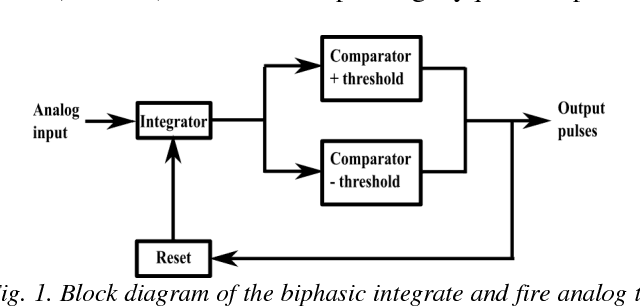
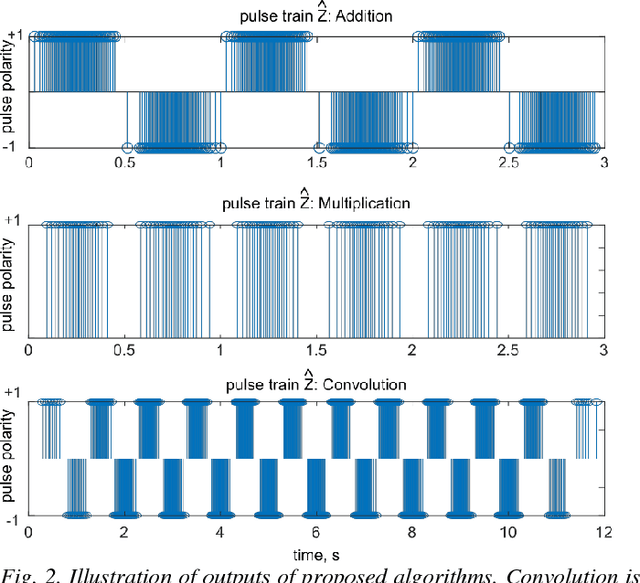
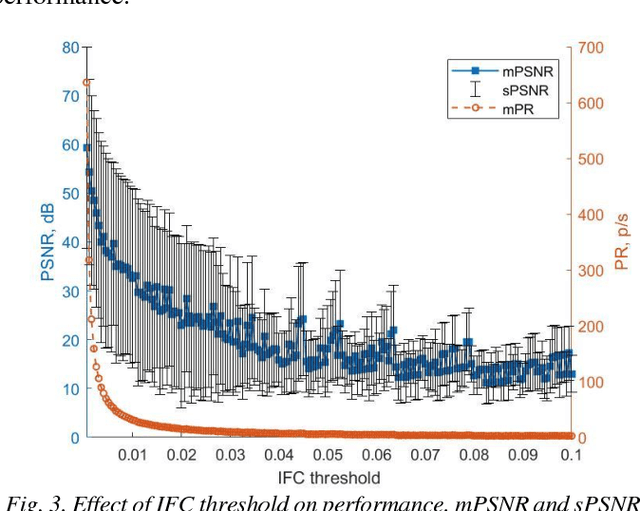
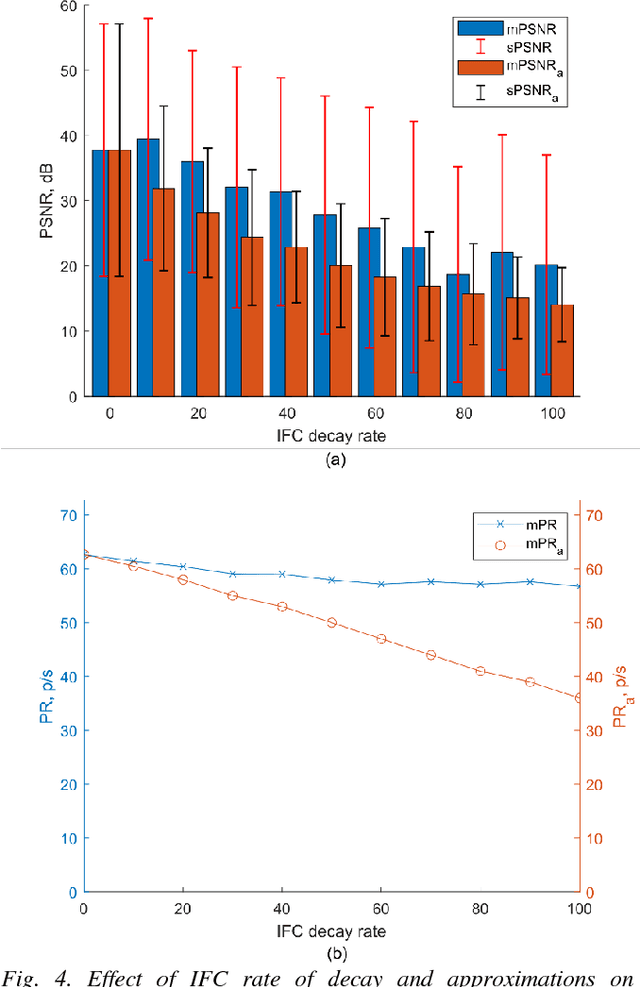
Abstract:The integrate and fire converter transforms an analog signal into train of biphasic pulses. The pulse train has information encoded in the timing and polarity of pulses. While it has been shown that any finite bandwidth analog signal can be reconstructed from these pulse trains with an error as small as desired, there is a need for fundamental signal processing techniques to operate directly on pulse trains without signal reconstruction. In this paper, the feasibility of performing online the signal processing operations of addition, multiplication, and convolution of analog signals using their pulses train representations is explored. Theoretical framework to perform signal processing with pulse trains imposing minimal restrictions is derived, and algorithms for online implementation of the operators are developed. Performance of the algorithms in processing simulated data is studied. An application of noise subtraction and representation of relevant features of interest in electrocardiogram signal is demonstrated with mean pulse rate less than 20 pulses per second.
 Add to Chrome
Add to Chrome Add to Firefox
Add to Firefox Add to Edge
Add to Edge